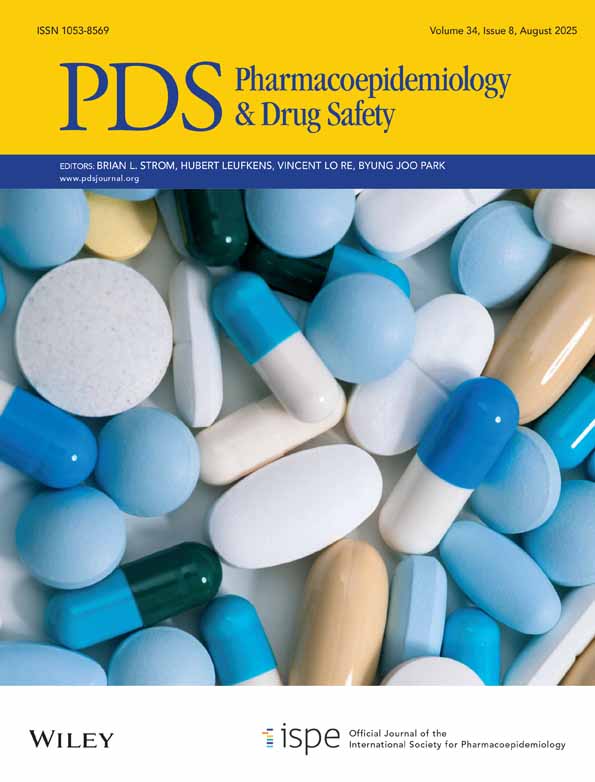Impact of mailed warning to prescribers on the co-prescription of tramadol and antidepressants†‡
No conflict of interest was declared.
The findings and conclusions of this study are those of the authors and do not necessarily reflect the views of the Food and Drug Administration.
Abstract
Purpose
An evaluation was made of the effectiveness in changing prescribing behavior of ‘Dear Health Professional (DHP)’ letters mailed by the manufacturer to physicians and other health professionals advising them of safety information on co-prescribing of tramadol and antidepressants.
Methods
A retrospective cohort analysis of prescription claims of all plan members from 12 UnitedHealth Group-affiliated health plans who received a first prescription for tramadol between 1 April 1995 and 31 December 1996. The prevalence of co-prescribing of antidepressants and tramadol relative to the date of the ‘DHP’ communication was determined.
Results
9218 plan members received an initial prescription for tramadol within the observation period. Prior to the date of the ‘DHP’ communication 1061/4774 (22.2%) members received a prescription for an antidepressant within 30 days of their first prescription for tramadol. Following the date of the communication 844/4444 (19.0%) of members received an antidepressant within 30 days of their first prescription for tramadol. An overall decreasing linear trend in antidepressant co-prescribing was evident over the observation period, but there was no statistically significant acceleration in the decrease following this communication.
Conclusions
The mailed ‘DHP’ advisory letter did not affect the rate of co-prescribing of tramadol with antidepressants. Copyright © 2004 John Wiley & Sons, Ltd.




